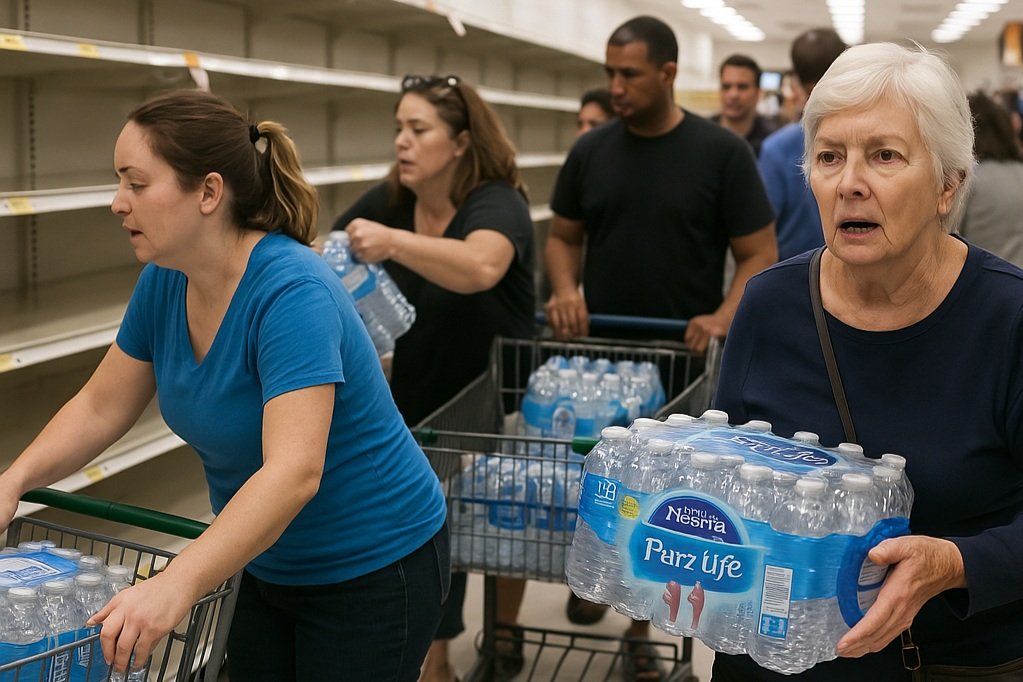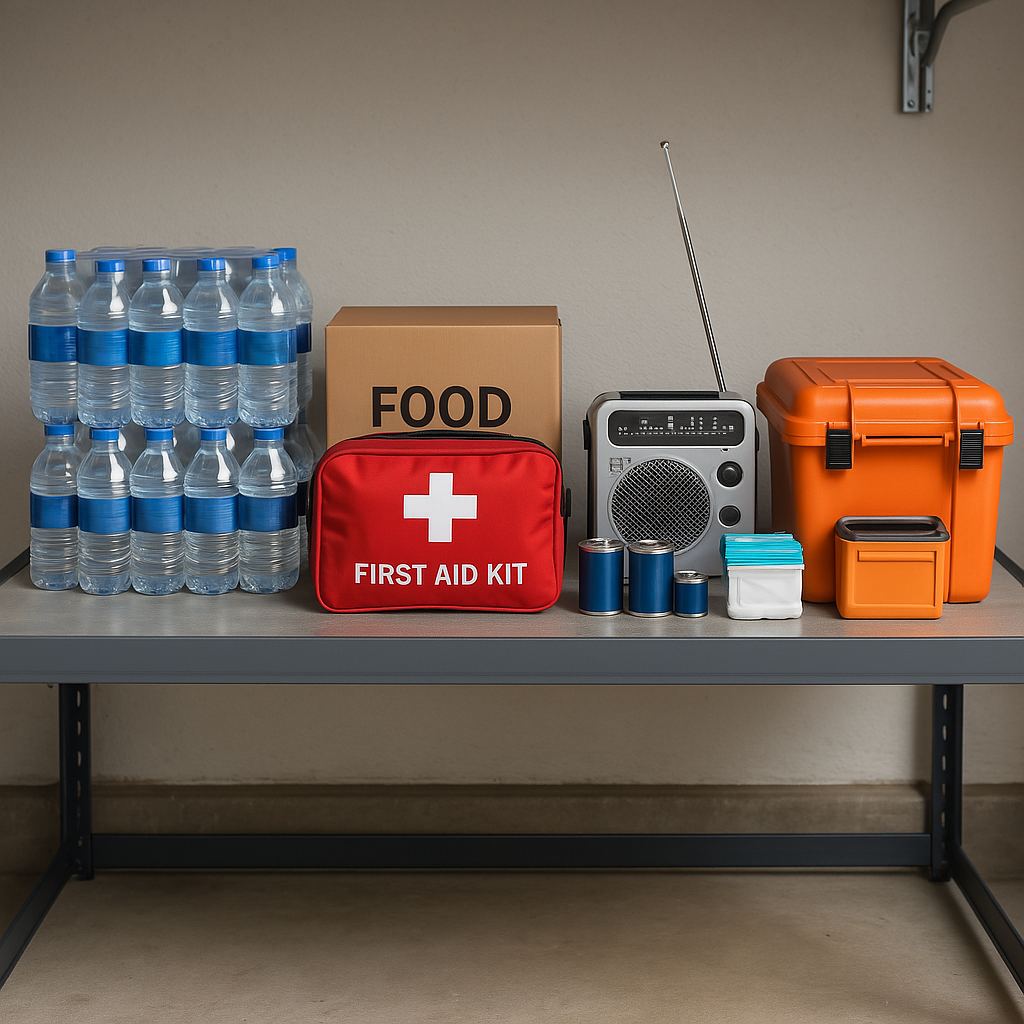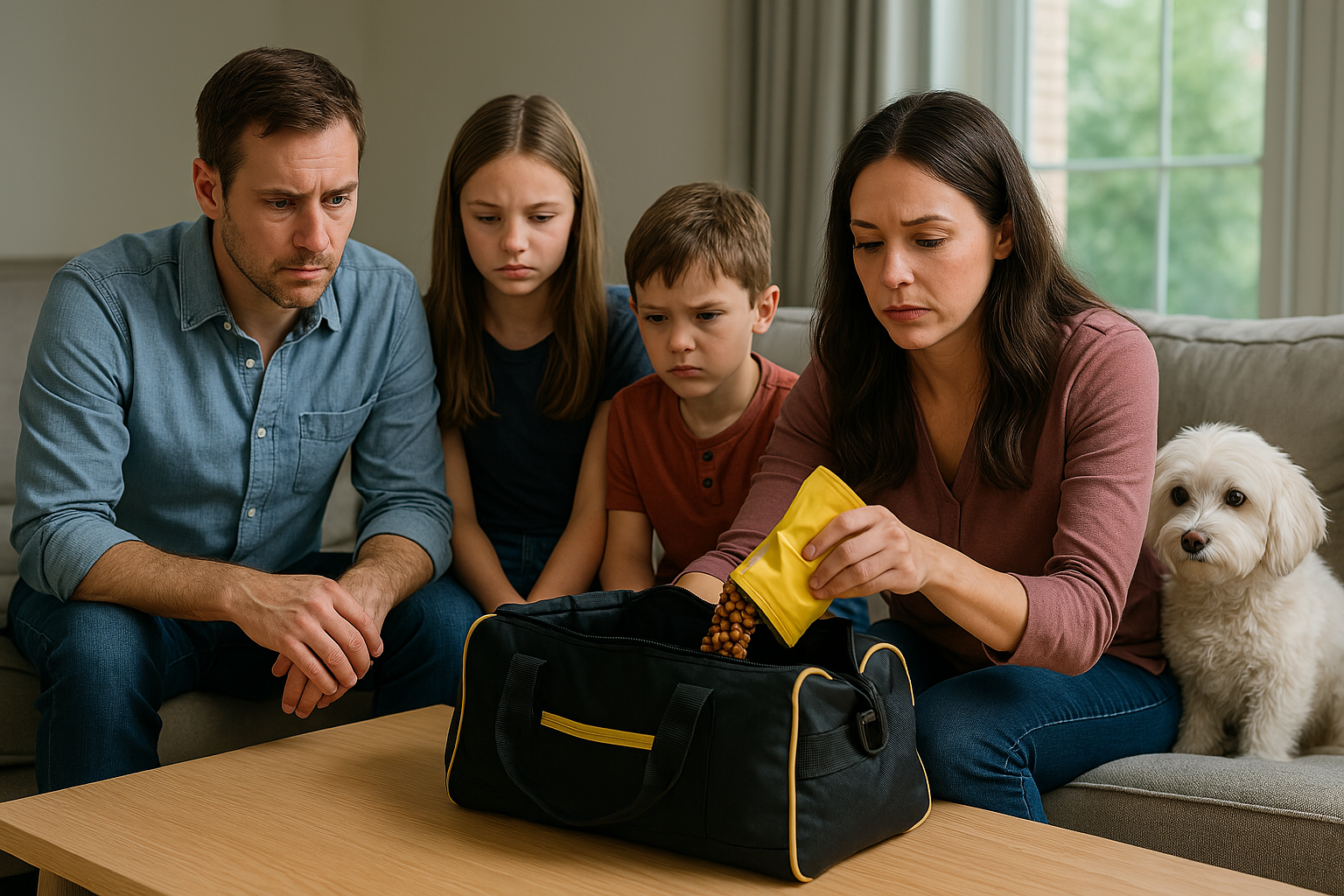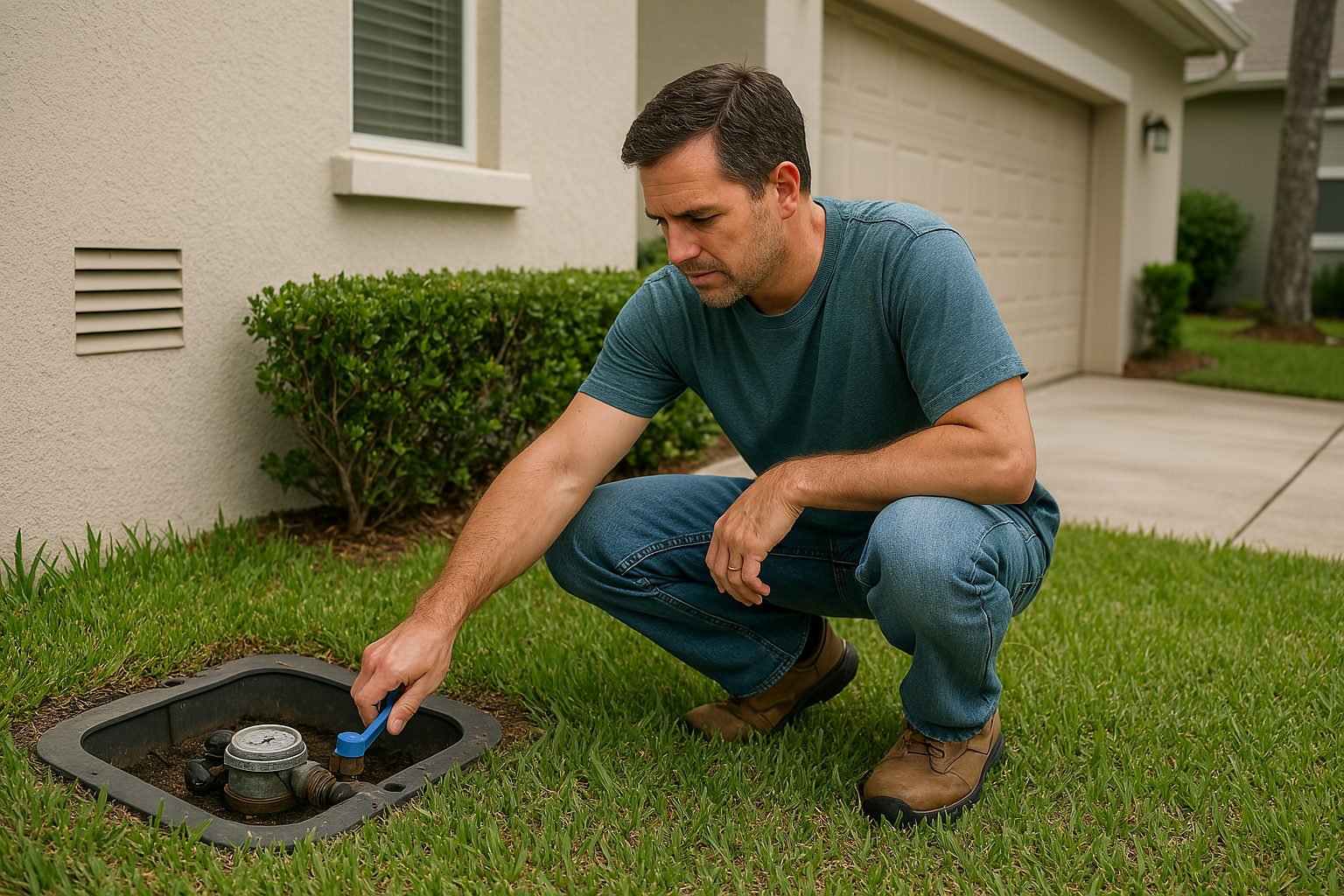The Ultimate Hurricane Readiness Guide for Florida Families
Time To Prepare Is Now!
Preparing for hurricane season is absolutely essential for safeguarding your cherished home and ensuring the safety and well-being of your entire family. By taking proactive measures and diligently following expert recommendations, you can significantly minimize risks and confidently navigate the various challenges that hurricanes present. This comprehensive guide offers valuable, practical advice and insightful tips to help you and your family prepare effectively and stay secure during these intense and often unpredictable weather events, allowing you to face the season with greater peace of mind and a sense of readiness. With the right preparation, you can protect your loved ones and your property while remaining calm amidst the storm.
1. Start Early: Gradual Preparation
Avoid the Last-Minute Rush
Begin stocking up on essential supplies a little early to prevent the unnecessary stress and shortages that often occur when a storm is imminent. By planning ahead and gathering what you need in advance, you can ensure you’re well-prepared and protected when the time comes.
Water: Each time you visit the grocery store, purchase a case of bottled water. This approach helps you accumulate an adequate supply without sudden financial strain.
Non-Perishable Foods: Gradually buy items like canned goods, peanut butter, and protein bars. Aim for a seven-day supply to ensure you have enough during potential disruptions.
2. Assemble an Emergency Supply Kit
Essential Items to Include:
Water: At least one gallon per person per day for seven days.
Food: Non-perishable items sufficient for seven days.
First Aid Kit: Include necessary prescription medications and basic medical supplies.
Flashlights and Batteries: Ensure you have multiple light sources and extra batteries.
Battery-Powered Radio: To stay informed about weather updates and emergency instructions.
Personal Hygiene Items: Such as moist towelettes, garbage bags, and plastic ties.
Important Documents: Store copies of insurance policies, identification, and bank records in a waterproof, portable container.
3. Develop a Family Emergency Plan
Communication Strategy:
Meeting Points: Establish a safe location where family members can reunite if separated.
Emergency Contacts: Designate an out-of-town relative or friend as a point of contact for all family members.
Evacuation Routes: Familiarize yourself with local evacuation routes and have a plan for where to stay if you need to leave your home.
4. Protect Your Home
Structural Preparations:
Windows and Doors: Install storm shutters or board up windows with plywood to protect against flying debris.
Roof Maintenance: Inspect and repair your roof to ensure it can withstand strong winds.
Secure Outdoor Items: Bring patio furniture, potted plants, and other loose items indoors to prevent them from becoming projectiles.
5. Plan for Power Outages
Energy Alternatives:
Generators: If you have a generator, ensure it’s in working order and that you have sufficient fuel.
plaBattery Packs: Charge portable battery packs to keep essential electronics powered.
Lighting: Stock up on flashlights and lanterns; avoid using candles due to fire risk.
6. Prepare Financially
Emergency Funds and Documentation:
Cash on Hand: ATMs and electronic payment systems may be unavailable during and after a storm. Having cash ensures you can purchase necessary items.
Insurance Review: Confirm that your homeowner’s insurance covers hurricane-related damages and consider flood insurance if you’re in a susceptible area.
7. Stay Informed
Reliable Information Sources:
Weather Updates: Regularly monitor local news channels, NOAA Weather Radio, and official social media channels for the latest information.
Emergency Alerts: Sign up for community alert systems to receive timely notifications.
8. Special Considerations
For Families with Specific Needs:
Pets: Ensure you have pet food, medications, and comfort items. Identify pet-friendly shelters or accommodations in case of evacuation.
Medical Needs: If you or a family member rely on medical equipment that requires power, have a backup plan in place. This may include extra batteries or arranging alternative power sources.
9. Secure and Protect Important Documents
Natural disasters can destroy more than property — they can also wipe out essential paperwork if not properly stored.
What to secure:
• Driver’s licenses and passports
• Homeowner’s or renter’s insurance policies
• Mortgage documents
• Birth certificates and Social Security cards
• Medical records and prescriptions
• Photos of valuable personal property
Tips for storage:
• Keep original documents in a waterproof and fireproof safe
• Create digital backups saved to a secure cloud storage platform
• Share copies with a trusted family member or legal advisor
Having these items organized can speed up disaster recovery, help with insurance claims, and reduce stress when you need help the most.
10. Prepare for Flooding and Water Damage
Flooding is a leading cause of hurricane-related damage, even in areas outside traditional flood zones.
Steps to reduce risk:
• Check that your gutters and downspouts are clear and flowing away from your foundation
• Elevate major appliances like washers, dryers, and water heaters on platforms
• Place sandbags at doors and low openings if you’re in a flood-prone area
• Store electronics and important items off the ground and in sealed containers
Consider flood insurance:
Most standard homeowners’ policies do not cover flood damage. Visit FloodSmart.gov to assess your risk and learn how to purchase a separate flood policy.
11. Evacuate Smart — If You Need To
Not every storm will require evacuation, but when officials advise it, don’t wait. Roads can clog fast, fuel can run out, and conditions can worsen in hours.
Before you leave:
• Turn off gas, electricity, and water if instructed by local authorities
• Secure windows and doors
• Let someone outside the storm zone know your plans
• Take your emergency supply kit, valuables, and important documents
Don’t forget:
• Phone chargers and extra batteries
• Maps in case GPS isn’t working
• Snacks, water, and entertainment for kids or pets
• A printed list of emergency contacts and your insurance provider
Know ahead of time where your closest shelters are — especially those that allow pets — and have backup locations planned.
12. Recovering After the Storm
Once the storm passes, it’s time to assess the damage and begin recovery. Here’s what to do safely:
Safety checks:
• Wait for official clearance to return if evacuated
• Avoid driving through flooded roads
• Be cautious around downed power lines and unstable trees
• Inspect your home for damage before turning utilities back on
Document everything:
• Take photos and videos before moving anything
• Keep all receipts for repairs or supplies
• Contact your insurance provider immediately
• Request a professional inspection if there’s structural or roof damage
Avoid hiring unlicensed contractors. Always ask for credentials, check reviews, and never pay the full amount upfront.
13. Bonus Tips: Local Wisdom from Florida Homeowners
Sometimes, the best advice comes from people who’ve lived through multiple storms. Here are a few practical tips that can make life easier:
Freeze water in ziplock bags or Tupperware to keep food cold longer during power outages.
Turn your fridge and freezer to the coldest setting before the storm hits.
Use painter’s tape to label breakers and switches — especially helpful when returning home in the dark.
Pre-cook meals like pasta, rice, or proteins that can be eaten cold or reheated on a camp stove.
Charge everything — phones, power banks, fans, lights — as soon as you know a storm is coming.
Wash all clothes, linens, and towels before the storm. Clean clothes make a big difference during extended outages.
Hurricane Preparedness Checklist (Quick Reference)
Here’s a simplified checklist you can print or screenshot:
✅ Buy a case of bottled water weekly
✅ Build a 7-day supply of non-perishable food
✅ Stock batteries, flashlights, and radios
✅ Prepare a waterproof document folder
✅ Review and update your insurance policies
✅ Create a family evacuation and communication plan
✅ Charge devices and back up important files
✅ Inspect and reinforce windows, doors, and roof
✅ Trim trees and secure loose outdoor items
✅ Know your evacuation zone and shelter options
Final Thoughts: Stay Ready, Not Reactive
Hurricanes are unpredictable — even modern forecasting tools can’t always account for sudden changes in a storm’s path or intensity. The best approach is simple:
Stay ready, not reactive.
Preparation is a lifestyle in Florida, not just a seasonal task. By spreading out your efforts over weeks or months and revisiting your plan each year, you’ll feel more confident and capable when the next storm heads your way.
Whether you’re a longtime homeowner or new to the Sunshine State, this guide gives you the tools and strategies you need to weather the storm safely and responsibly.
Want More Resources?
✅ Download a printable Hurricane Readiness Checklist
✅ Follow NOAA’s Hurricane Center for updates
✅ Sign up for your county’s emergency alert system
✅ Consider keeping this post bookmarked or shared with neighbors














